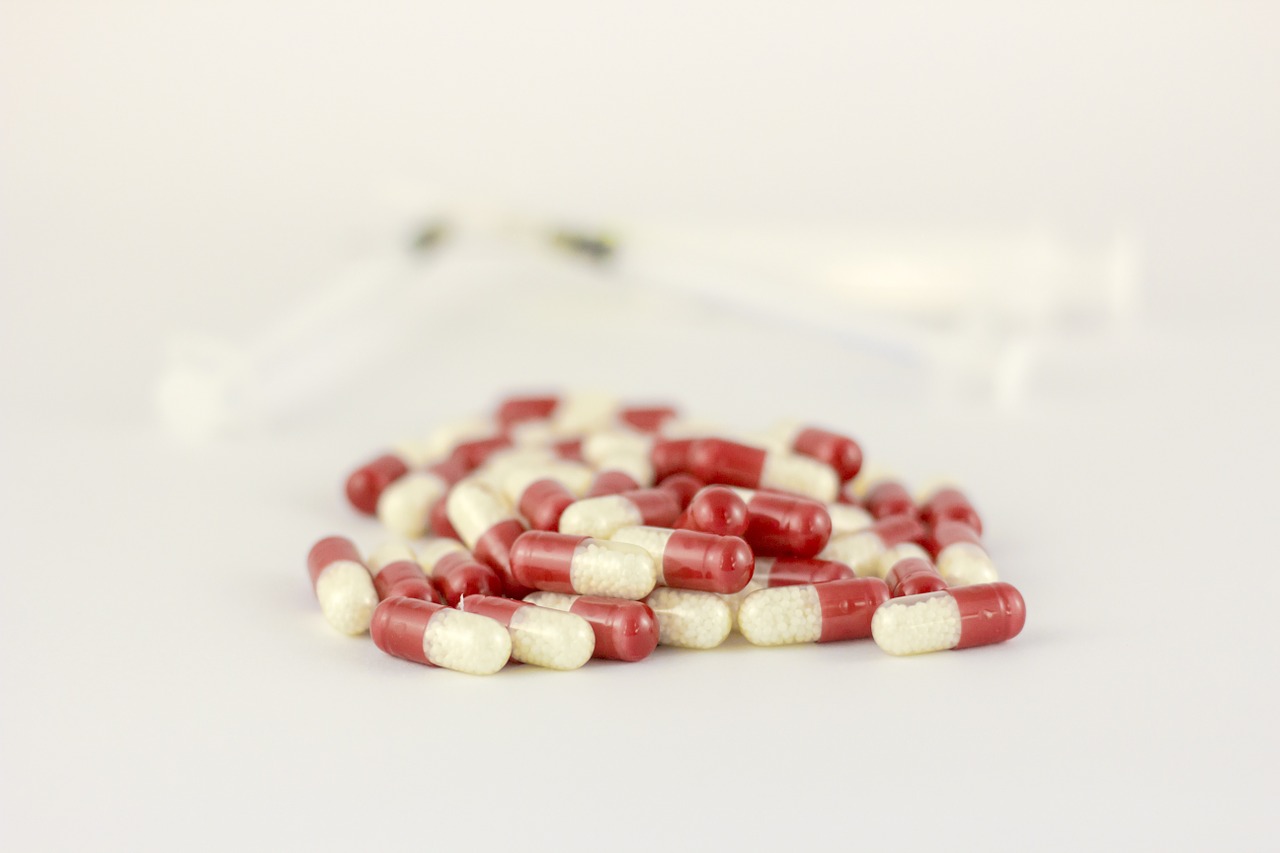Podcast: Play in new window | Download (Duration: 12:01 — 5.5MB) | Embed
Solifenacin is a bladder antimuscarinic medication most commonly used for overactive bladder (OAB) with symptoms of urinary frequency, urgency, and urge incontinence. Like other agents in its class, understanding the pharmacology can help anticipate potential side effects, drug interactions, and downstream prescribing problems.
Mechanism of Action
Solifenacin selectively blocks muscarinic M3 receptors in the bladder detrusor muscle. Inhibiting these receptors reduces involuntary bladder contractions, increases bladder capacity, and delays the urge to void. While M3 selectivity may theoretically reduce side effects compared to nonselective antimuscarinics, in clinical practice, many anticholinergic effects still occur.
Adverse Effects
Because muscarinic receptors are present throughout the body, solifenacin can lead to a range of anticholinergic adverse effects:
- Dry mouth – among the most common, can be significant enough to cause dental issues with long-term use.
- Constipation – especially problematic in older adults; severe cases may require hospitalization.
- Blurred vision – due to impaired accommodation.
- Cognitive impairment – increased risk in older adults, particularly with cumulative anticholinergic burden.
- Urinary retention – paradoxical worsening in patients with bladder outlet obstruction.
Drug Interactions
- CYP3A4 inhibitors (e.g., ketoconazole, clarithromycin, ritonavir) can increase solifenacin plasma concentrations, raising the risk of side effects.
- Other anticholinergics (e.g., diphenhydramine, tricyclic antidepressants, other bladder antimuscarinics) can result in additive toxicity and higher anticholinergic burden.
- QT-prolonging drugs (e.g., amiodarone, certain fluoroquinolones) may have additive cardiac risk since solifenacin has been associated with QT prolongation in rare cases.
Prescribing Cascade Examples
- Constipation → Laxative initiation – A patient starts solifenacin for OAB and develops severe constipation, leading to chronic use of stimulant laxatives like senna or bisacodyl.
- Dry mouth → Mouth rinse prescription – Dry mouth is treated with saliva substitutes or prescription rinses, instead of reassessing the anticholinergic therapy.
- Cognitive decline → Donepezil initiation – In older adults, cognitive impairment may be mistaken for dementia progression, leading to cholinesterase inhibitor prescribing—directly counteracting the anticholinergic effects of solifenacin.
Solifenacin can be an effective treatment for OAB, but the risk of adverse effects and prescribing cascades—especially in older adults—cannot be ignored. Healthcare professionals should regularly review the indication, monitor for anticholinergic burden, and look for opportunities to deprescribe when appropriate.
Be sure to check out our free Top 200 study guide – a 31 page PDF that is yours for FREE!
Support The Podcast and Check Out These Amazing Resources!
Meded101 Guide to Nursing Pharmacology (Amazon Highly Rated)
Guide to Drug Food Interactions (Amazon Best Seller)

